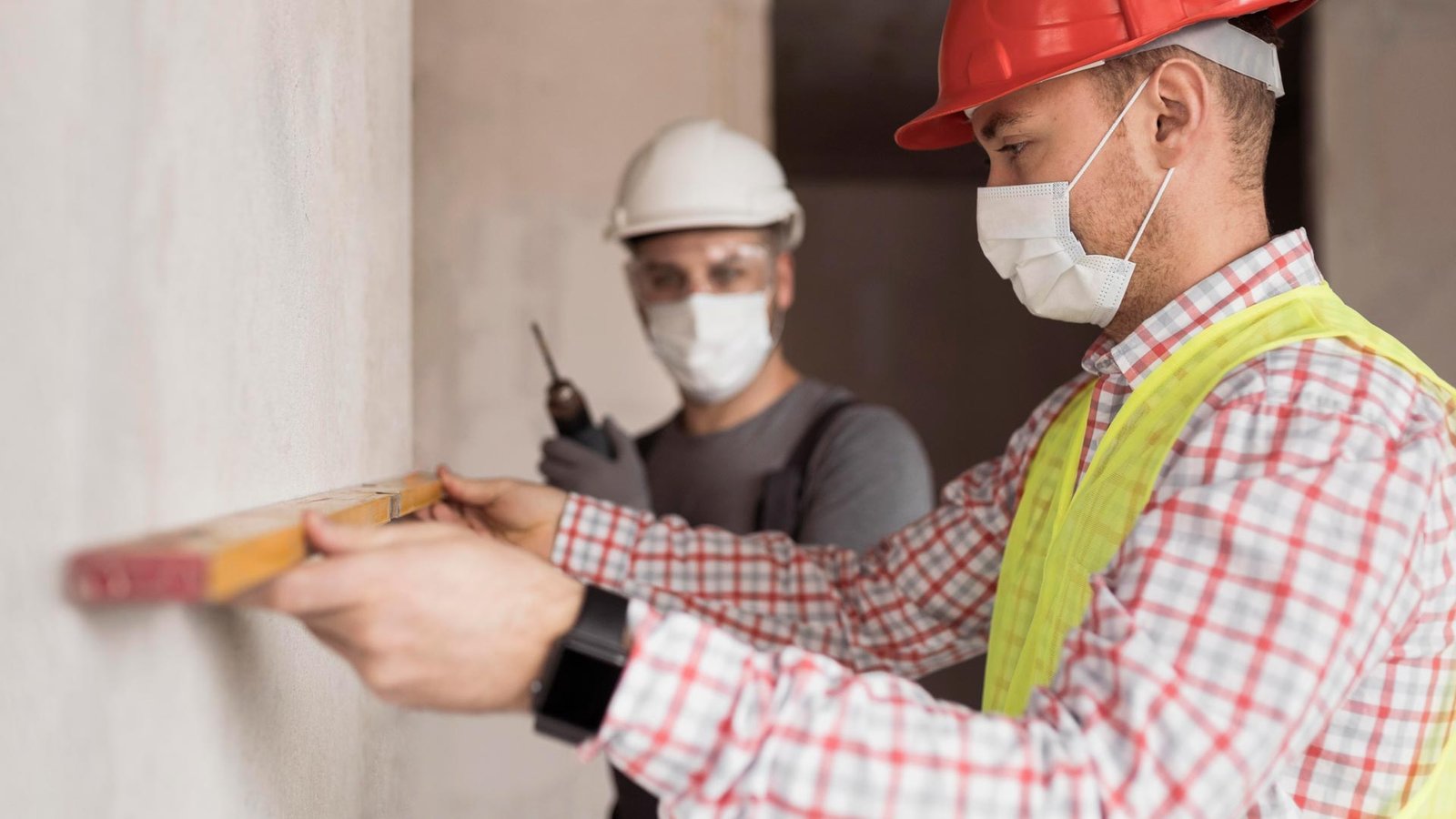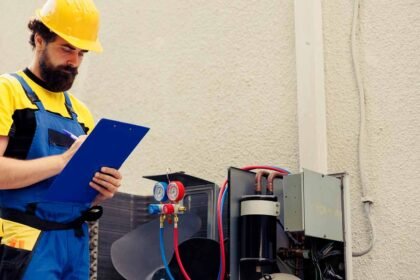When it comes to facade inspections, there are a few things that you should keep in mind. By following these five best practices, you will be ensuring that your inspections are both safe and healthy.
What is a Facade Inspection?
Facade inspections are a type of safety check that are typically performed on commercial properties to ensure their exterior facade is in compliance with local and state regulations. This type of inspection can also be done to identify any potential safety hazards or deficiencies on the property.
While facade inspections aren’t typically as comprehensive as other types of safety checks, they’re important because they can help identify potential problems before they become too serious. By taking the time to perform a facade inspection, businesses can reduce the chances of experiencing a safety issue and potentially saving themselves some money in the process. In that purpose, you need to know ‘how much does it cost for a building inspection’.
A facade inspection is a process that is used to inspect the exterior of a building. The inspection is used to identify any potential safety or health hazards.
What are the Benefits of Facade Inspections?
Facade inspections can be a very important part of overall building safety and health. By checking for potential problems with the facade, inspectors can help to prevent accidents and ensure that the building is in good condition.
Facade inspections can also help to identify any potential violations of code or regulations. By identifying these problems early, building owners or managers can take appropriate action to ensure safe and healthy conditions for residents and employees.
The benefits of facade inspections include the identification of potential safety or health hazards. This information can then be used to make necessary repairs or upgrades.
What are the Steps for a Facade Inspection?
There are a few steps that need to be followed for a safe and healthy facade inspection. The first step is to gather information about the property, including the age of the building, any recent maintenance or repair work that has been done and any changes that have been made to the exterior since the last inspection. Next, a structural engineer should be consulted to verify that the building’s facade is structurally sound and able to support its weight. Finally, an architect or engineer should be hired to design a facade inspection report, which will outline any safety concerns or repairs that need to be made.
The steps for a facade inspection include the inspection of the exterior of the building. This includes the inspection of the building’s walls, roof, and foundation.
What is the Minimum Necessary Criteria for a Facade Inspection?
When it comes to facade inspections, the minimum necessary criteria is that the building must be in compliance with all of the relevant local codes. However, there are a few key things to keep in mind when conducting a facade inspection. For starters, it’s important to take note of any visible signs of damage or deterioration on the exterior of the building. Additionally, it’s important to make sure that all required safety features are in place, such as flashing lights and sirens. Finally, it’s important to verify that any new construction or alterations made to the exterior of a building comply with applicable code requirements.
The minimum necessary criteria for a facade inspection includes the identification of any potential safety or health hazards. The inspection must also meet the requirements of the building code.
What are the Regulations for Facade Inspections?
There are a few regulations that must be followed when performing facade inspections. The most important is the Americans with Disabilities Act, or ADA. All buildings must be accessible and compliant with the ADA Standards for Accessible Design. When inspecting a building for facade compliance, inspectors must also take into account any safety concerns that may exist, such as fire escape routes and elevators.
When inspecting a building for facade compliance, it is also important to remember the Department of Building Safety’s five best practices for safe and healthy facing inspections:
1) Inspectors should identify all visible issues before they cause any serious damage or illness.
2) Inspectors should take photos and measurements of all visible issues so that they can be documented properly.
3) If an issue is found that poses a safety risk, then the inspector should recommend immediate remediation or demolition.
4) If an issue cannot be fixed immediately, then it should be prioritized for repair based on its severity.
5) Any changes made to the facade during inspection should be documented in writing so that future inspectors can verify their work was done correctly.
The regulations for facade inspections vary depending on the country or municipality. However, the requirements for a facade inspection should always meet the minimum necessary criteria.
Facade inspections are essential for the identification of potential safety or health hazards. They also help to meet the requirements of the building code. When performed by a qualified professional, facade inspections can provide benefits such as improved safety and stability for buildings.










